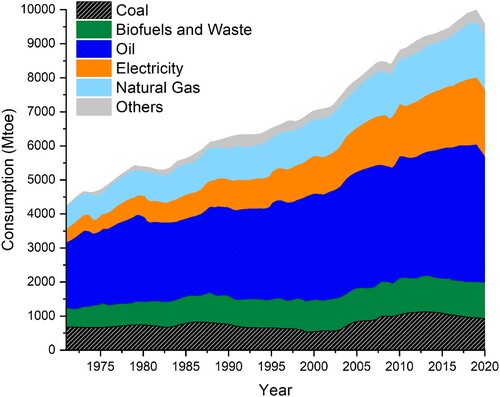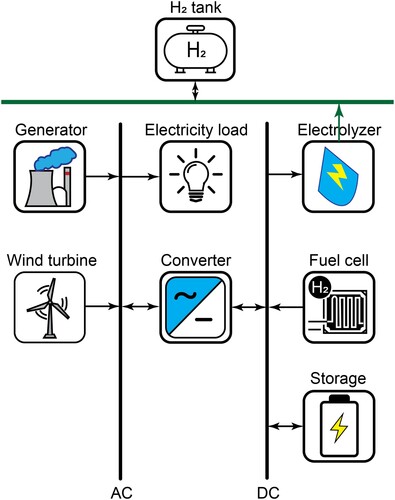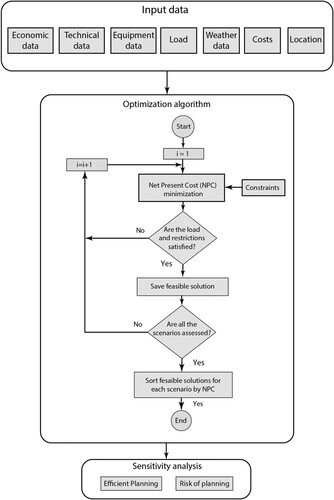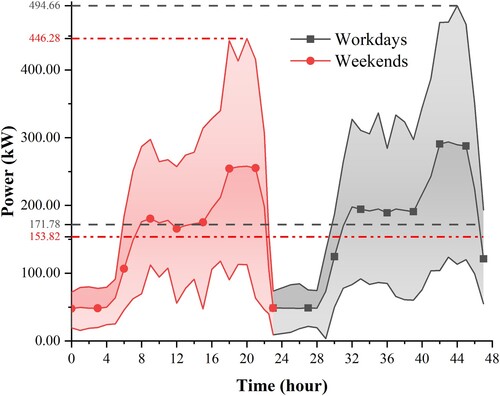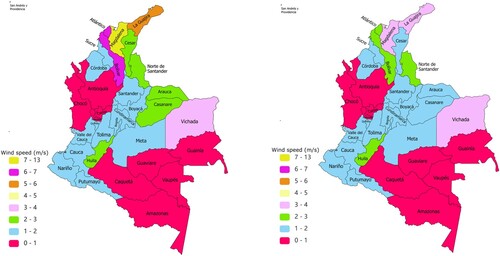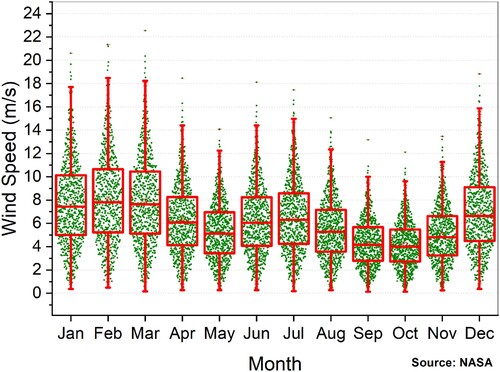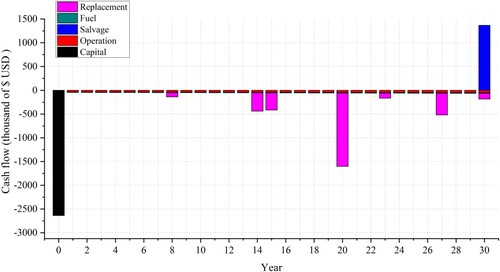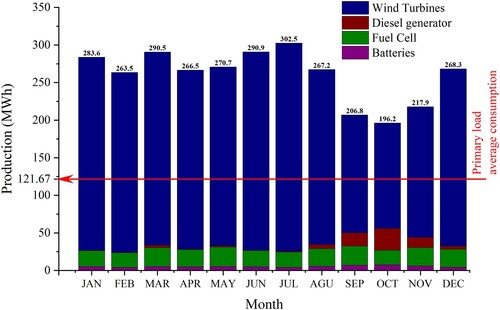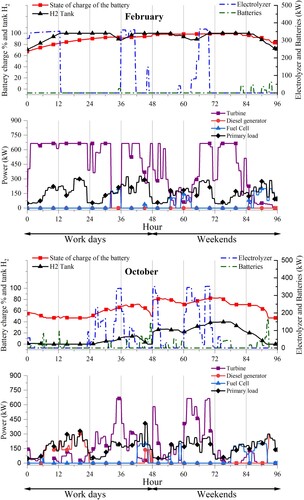Figures & data
Figure 2. Historical installed capacity by fuel type in Colombia.
Adapted from (UPME Citation2023).

Figure 3. LCOE of different types of technology in the period 2020–2022.
Adapted from (NREL Citation2022).
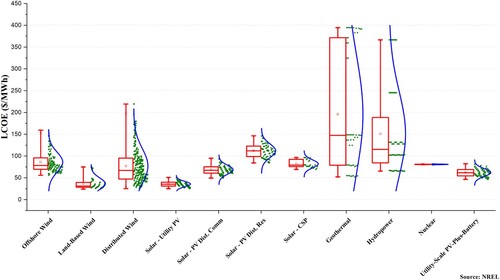
Figure 9. XANT M-24-ETR power curve.
Data adapted from (XANT Citation2017).

Table 1. Equipment considered in the analysis.
Table 2. Search space during optimisation.
Table 3. Result of cost minimisation for the scenario d = 12%, i = 13.44% and average wind speed 4 m/s.
Table 4. Result of cost minimisation for the scenario d = 12%, i = 13.44% and average wind speed 6.2 m/s.
Table 5. Result of cost minimisation for the scenario d = 12%, i = 13.44% and average wind speed 7.5 m/s.
Figure 10. Result of the cost minimisation for the scenario d = 12%, i = 13.44% (a, b, c), d = 17%, and i = 20.44% (d, e, f), with average wind speed 4 m/s (a, d), 6.2 m/s (b, e), and 7.5 m/s (c, f).
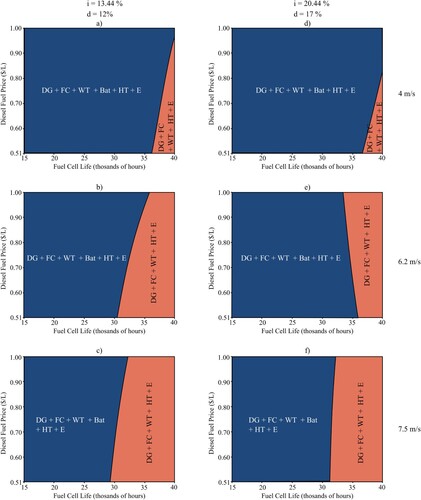
Table 6. Summary of the costs associated with the recommended system (values in thousands of dollars).

